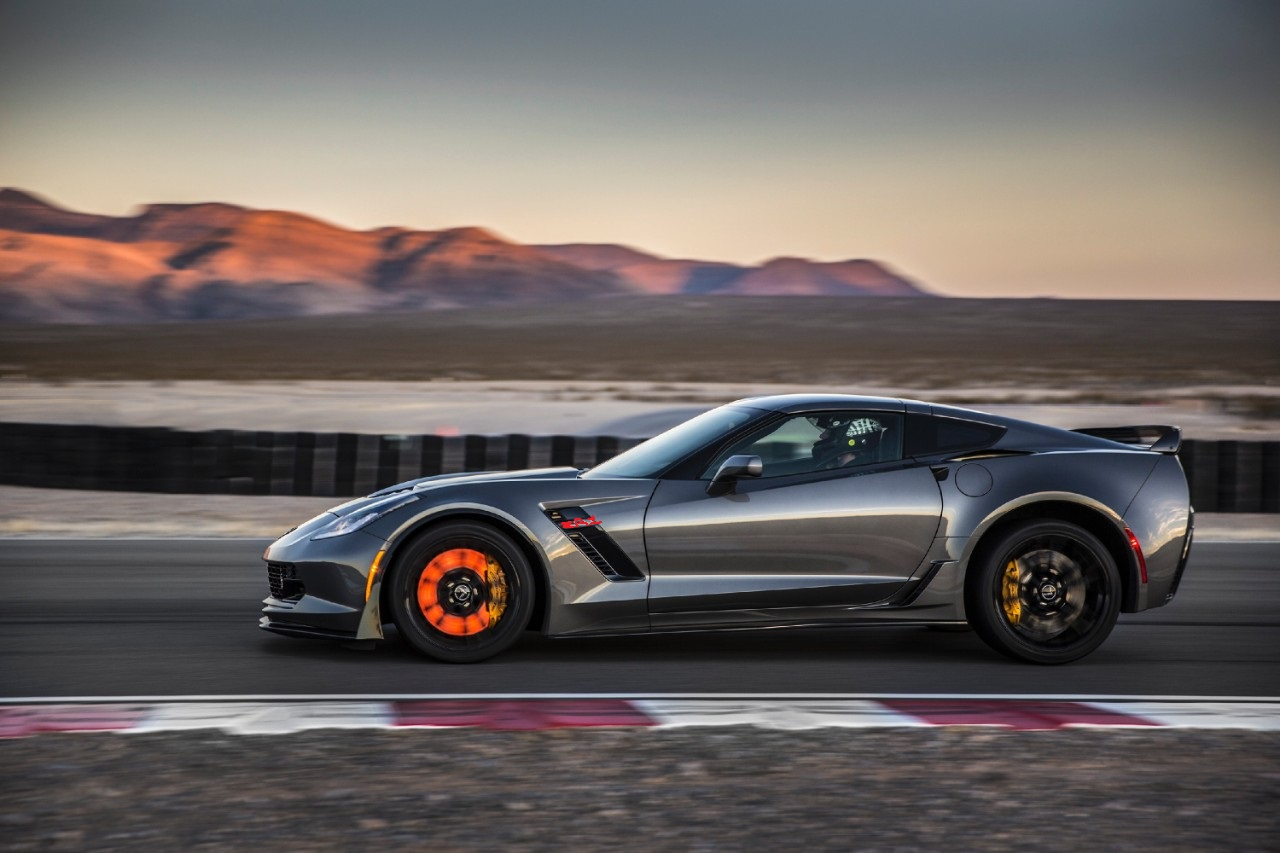Feds Weigh in on GM Super Cruise Auto Stopping Feature

Get ready for semi-autonomous technology to make a debut in GM vehicles in the near future. Change is coming and there is little you can do to prevent its arrival. The days of being the sole operator of your vehicle may be behind us. Sad.
GM has been developing a semi-autonomous technology called Super Cruise for the past couple of years. In its description, the Super Cruise feature controls steering, braking, and acceleration in certain freeway situations. It will allow drivers to take their hands off the steering wheel and feet off the pedals while driving. The system is designed to monitor facial cues; if it senses the driver is sleeping or not paying attention, it sends visual warnings to the driver, including a light bar on the steering wheel, and then audio warnings.
The system is expected to debut next year on the flagship Cadillac CT6 sedan.
The delay in this technology not being included in current model year vehicles was because of a back and forth with the National Highway Traffic Safety Administration (NHTSA) and GM. The NHTSA had this to say about the automaker’s description of Super Cruise: “If the driver is unable or unwilling to take control of the wheel (if, for example, the driver is incapacitated or unresponsive), Super Cruise may determine that the safest thing to do is to bring the vehicle slowly to a stop in or near the roadway, and the vehicle’s brakes will hold the vehicle until overridden by the driver.”
GM requested an interpretation about the warning hazard flashers from the NHTSA in March, after delaying its planned introduction of the Super Cruise feature on the Cadillac CT6. GM originally had said the technology would be available late this year. That has been pushed back to next year.
NHTSA Chief Counsel Paul Hemmersbaugh said GM’s plan to use hazard lights to indicate problems after the car is stopped “is the prototypical situation in which the hazard lights are intended to be used and it is one of the situations that other motorists have come to expect when they see the hazard signal.”
He added: “Any other automatic activation of hazard warning lights would need to be evaluated on a case-by-case basis. NHTSA may also consider amending the relevant provisions of (federal motor vehicle standards) at some point in the future in order to clarify situations when hazard lights may activate automatically.”
Vehicles in Europe already incorporate the technology of hazard lights being activated under panic braking scenarios, so who is to say we are not going to see the same thing take place over here? Enjoy your GM-based cars for the foreseeable future ladies and gents, because once semi-autonomy takes over, your new ‘Vette might be more Skynet than you want it to be.
Chime in with your thoughts on the forum. >>
Via [The Detroit News]
